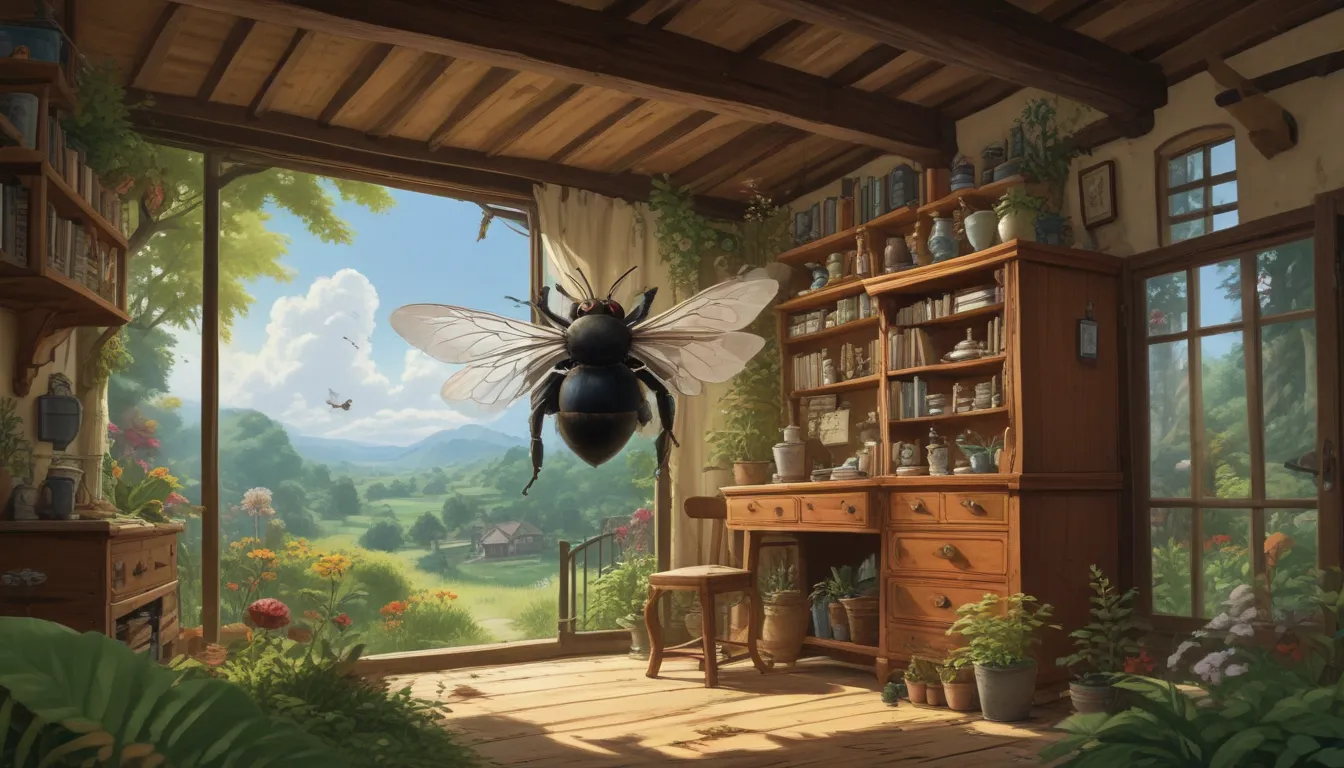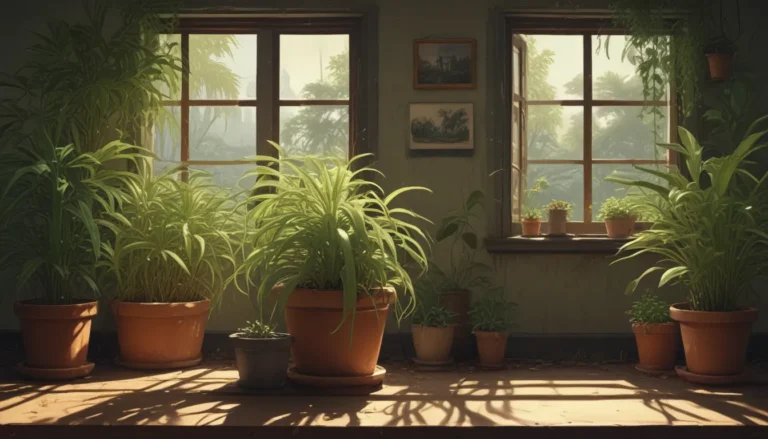A Comprehensive Guide to Protecting Your Home from Carpenter Bees

Springtime is a beautiful season, filled with new life and vibrant landscapes. However, along with the blooming flowers and chirping birds, pests like carpenter bees tend to make an appearance. These bees, known for their distinctive dime-sized holes in wooden structures, can cause minor damage that, if left unchecked, may lead to more serious issues such as decay and rot. In this guide, we will explore how to identify a possible carpenter bee infestation and effective methods to prevent and eliminate these buzzing insects from your home.
Understanding Carpenter Bees
Carpenter bees, belonging to the genus Xylocopa, are important pollinators known for burrowing into dead wood to create tunnels for nesting. These solitary creatures, unlike social bees, construct tunnels in which they lay eggs and raise their young. While carpenter bees are docile and rarely sting, they can cause structural damage to wooden elements like beams, eaves, and siding.
Measuring between half to one inch in length, carpenter bees have various colorations, with black and yellow or orange markings being common. They are most active during the mid-late spring to early summer, seeking mates and nesting sites.
How to Identify Carpenter Bee Infestations
To detect a possible carpenter bee infestation, look out for the following signs:
- Round, half-inch entry holes in wooden structures
- Males hovering near nesting sites
- Fresh sawdust piles outside entry holes
- Scraping sounds from within the wood
- Stains below the opening
Natural and Chemical Control Methods
If you suspect a carpenter bee infestation, there are both natural and chemical control methods you can utilize to manage these insects.
Natural Methods:
- Bee Hotels: Construct removable bamboo, paper, or wood tube hotels to provide alternate nesting sites for carpenter bees.
- Citrus Oil: Create a homemade repellent using citrus peels boiled in water and spray it on nesting sites.
- Dress Exposed Wood: Paint all exposed wooden surfaces with primer and exterior paint to deter bees from nesting.
- Fill Abandoned Holes: Seal abandoned bee holes with caulk, foam insulation, or steel wool to prevent re-infestation.
- Decoy Wasp Nest: Hang a faux wasp nest near nesting sites to discourage bees from nesting in the area.
- Trap: Set up traps near active nests to catch bees that enter and prevent them from leaving.
- Turn Up the Tunes: Play loud music with deep bass near nesting sites to encourage bees to vacate.
- Use a Tennis Racket: Physically remove flying bees by swatting them with a tennis racket.
Chemical Methods:
- Insecticide Spray: Use flying insect sprays to kill the queen bee and her eggs in the nest.
- Carburetor Cleaner and WD40: Aerosol products can effectively kill bees when sprayed into tunnels.
- Petroleum: Gasoline can be used as a homemade insecticide, but caution must be exercised due to flammability.
When using chemical products, always follow label instructions, wear protective gear, and avoid contact with skin and eyes. Additionally, consider environmentally-friendly alternatives before resorting to chemical solutions to protect both the bees and the environment.
Conclusion
In conclusion, carpenter bees, while beneficial as pollinators, can pose a threat to wooden structures if left unmanaged. By identifying and addressing possible infestations early on, you can prevent extensive damage and maintain the integrity of your home. Whether using natural methods like bee hotels and citrus oil or resorting to chemical solutions, it’s essential to approach carpenter bee control with a balanced and environmentally-conscious mindset. Remember, these creatures play a vital role in our ecosystem, so whenever possible, aim to coexist peacefully with them rather than resorting to drastic measures.
If you have any favorite solutions for dealing with carpenter bees or would like to share your experiences, feel free to leave a comment below. For more information on managing garden pests and diseases, be sure to explore our other guides and resources to enhance your gardening knowledge and skills. Happy beekeeping!





